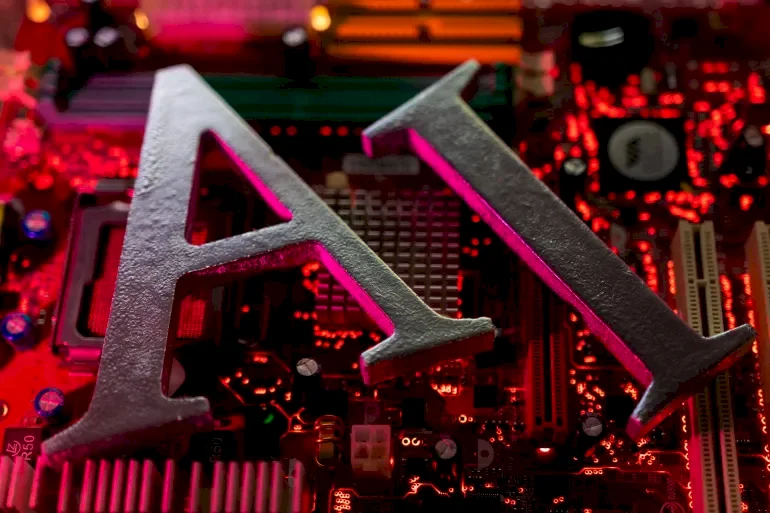
What if the $3 Trillion Artificial Intelligence Investment Bubble Bursts?
SadaNews - Since the launch of "ChatGPT" in 2022, the world has entered a frantic investment race in artificial intelligence, reaching its peak this year with major U.S. technology companies spending nearly $400 billion on the infrastructure needed to operate large models, according to The Economist.
Analysts estimate that global spending on data centers will exceed $3 trillion by the end of 2028, making it one of the largest investment waves in modern history. But the big question remains: What if this boom does not bear fruit?
A Race Towards General Artificial Intelligence
The report clarifies that companies like OpenAI and Anthropic are raising billions of dollars every few months, while their combined valuation approaches half a trillion dollars.
The unprecedented enthusiasm is linked to the belief that general artificial intelligence, meaning models that outperform humans in most cognitive tasks, could be just a few years away.
According to The Economist: "Even in the most optimistic scenarios, many investors will lose their money, while others will achieve astronomical returns." This logic has driven major companies to lavishly build data centers and expand computing capabilities relentlessly, with new players entering, including real estate developers and electricity companies, even Oracle, whose market value surged after announcing ambitious forecasts for its AI-related businesses.
Short-lived Assets and Risks of Slowdown
Unlike previous bubbles such as railroads in the 19th century or the internet in the 1990s, the report notes that more than half of current spending is directed towards servers and specialized chips whose lifespan does not exceed a few years.
If the investment appetite declines or technology adoption slows due to performance issues or electricity shortages, a large portion of this money could become "worthless". While the infrastructure of data centers and power plants can be repurposed, a significant part of the investments in electronic hardware could evaporate quickly.
Widespread Economic Implications
The Economist estimates that the AI boom contributed nearly 40% of U.S. GDP growth over the past year, even though the sector accounts for only a few percent of the overall economy. Any slowdown or collapse of this boom will translate into a clear economic slowdown, with a reduction in data center construction and job losses associated with it.
Additionally, U.S. stock markets have become heavily concentrated in a handful of tech companies tied to artificial intelligence, while stock ownership represents about 30% of net American household wealth, an exposure level even higher than during the internet bubble of 2000.
Therefore, any shakeup in the prices of these stocks will directly impact consumer confidence and spending capacity, especially since the wealthy classes were the main drivers of consumption over the past year.
The AI boom contributed about 40% of U.S. GDP growth in one year (Shutterstock)
Between Promises and Risks
The Economist sees that the lesson learned from history is that investment bubbles often leave behind some useful assets, as happened with railroads or fiber optics, but this time the difference is that the bulk of the investments is directed towards rapidly depreciating equipment, which may leave a less lasting impact.
If the optimistic scenario is realized and the world reaches general artificial intelligence, a new chapter of global growth could begin at rates of up to 20% annually. However, if the trajectory slows or expectations are disappointed, "economic and financial losses will be swift and harsh," according to The Economist.
Source: The Economist

خسائر فادحة رغم طفرة الإنتاج.. لماذا تنزف مصانع السكر في مصر؟

The Chaos of Cryptocurrencies Shakes Hedge Funds in Their Worst Year Since the 2022 Crash

Acquisition Deal Completed: Union Bank Acquires Egyptian Arab Land Bank - Jordan

Putin's Threats to Respond to Asset Freezes Shake EU Capitals

Syria is Free from 'Caesar'

"TikTok" Sells Its U.S. Operations to a Coalition Including UAE's "MGX"

Decline in Gold and Silver Prices, Rise in Global Oil
